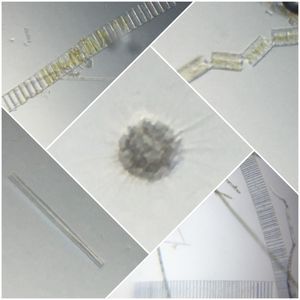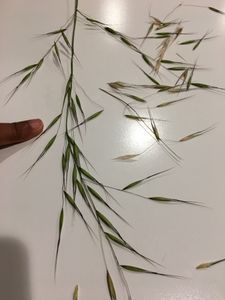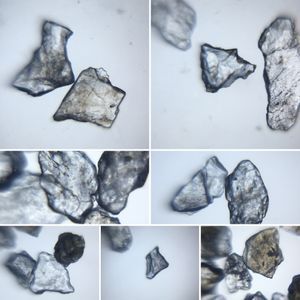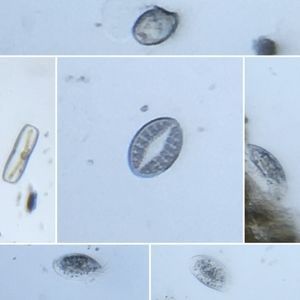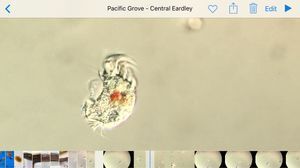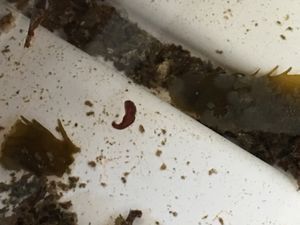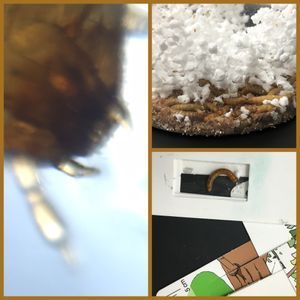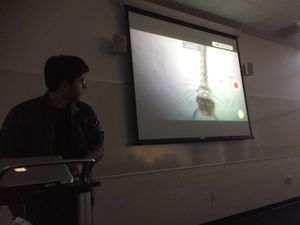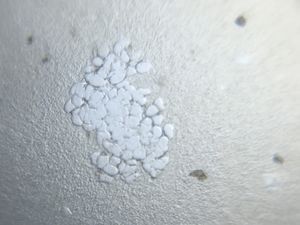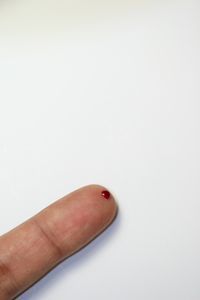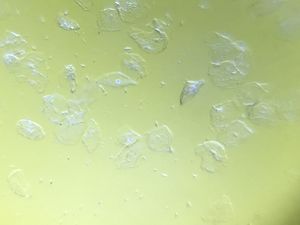Viscoelastic egg sacs of a hooded nudibranch (melibe leonina)
 Nov 07, 2015 • 7:14 AM UTC
Nov 07, 2015 • 7:14 AM UTC Unknown Location
Unknown Location 140x Magnification
140x Magnification Microorganisms
Microorganisms
Saad Bhamla
Learn about the author...
32posts
11comments
2locations
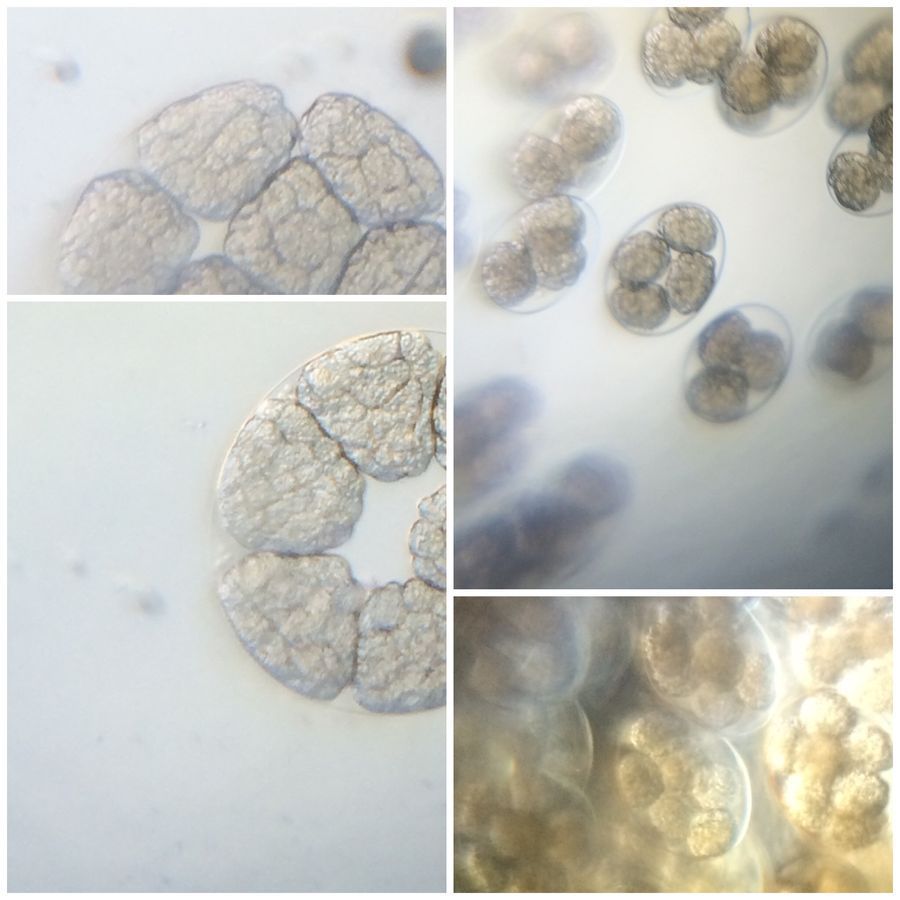
A few weeks ago, I had the chance to visit the Hopkins Marine station. Some of the students had gone on a dive and brought back specimens from a coral reef. Snooping around their tank, I observed them trying to record the swimming dynamics of this beautiful creature. Upon asking, I learnt that its called a nudibranch, which are soft-bodied marine organisms.
I started to look closely in the tank, and observed egg-sacs of these nudibranchs floating around. Naturally, I sucked it up (literally), and wanted to foldscope them. That’s when I had my first surprise.
If you have a rheology background (like I do), the first thing you’ll notice in the previous video is that the egg sac is extremely viscoelastic. It’s slimy, squishy and quite sticky as seen in the next video.
I had a quite a tricky time to mount the egg sac between my glass slide – as soon as I’d apply pressure, it would slide away – the experience was almost like trying to pinch water-melon seeds!!
Well, here comes the cool part. I naively was expecting to see a gelatin matrix (in the foldscope) which would give me some insight to the viscoelasticity of the material. But to my surprise, here’s what I saw.
Well, here comes the cool part. I naively was expecting to see a gelatin matrix (in the foldscope) which would give me some insight to the viscoelasticity of the material. But to my surprise, here’s what I saw.
First, the matrix is transparent and not visible under the foldscope, which in retrospect makes sense (since the gelatinous proteins would be extremely fine, think egg white). Second, I was pretty amazed by the distribution of eggs in the egg sacs – some had 5, 6, 2, 4 – a seemingly heterogenous distribution, with odd and even numbers.
Here’s a collection of some of the images. I just wish I had brought them back at set a time lapse to watch them hatch. Perhaps, next time!

Sign in to commentNobody has commented yet... Share your thoughts with the author and start the discussion!

 0 Applause
0 Applause 0 Comments
0 Comments
